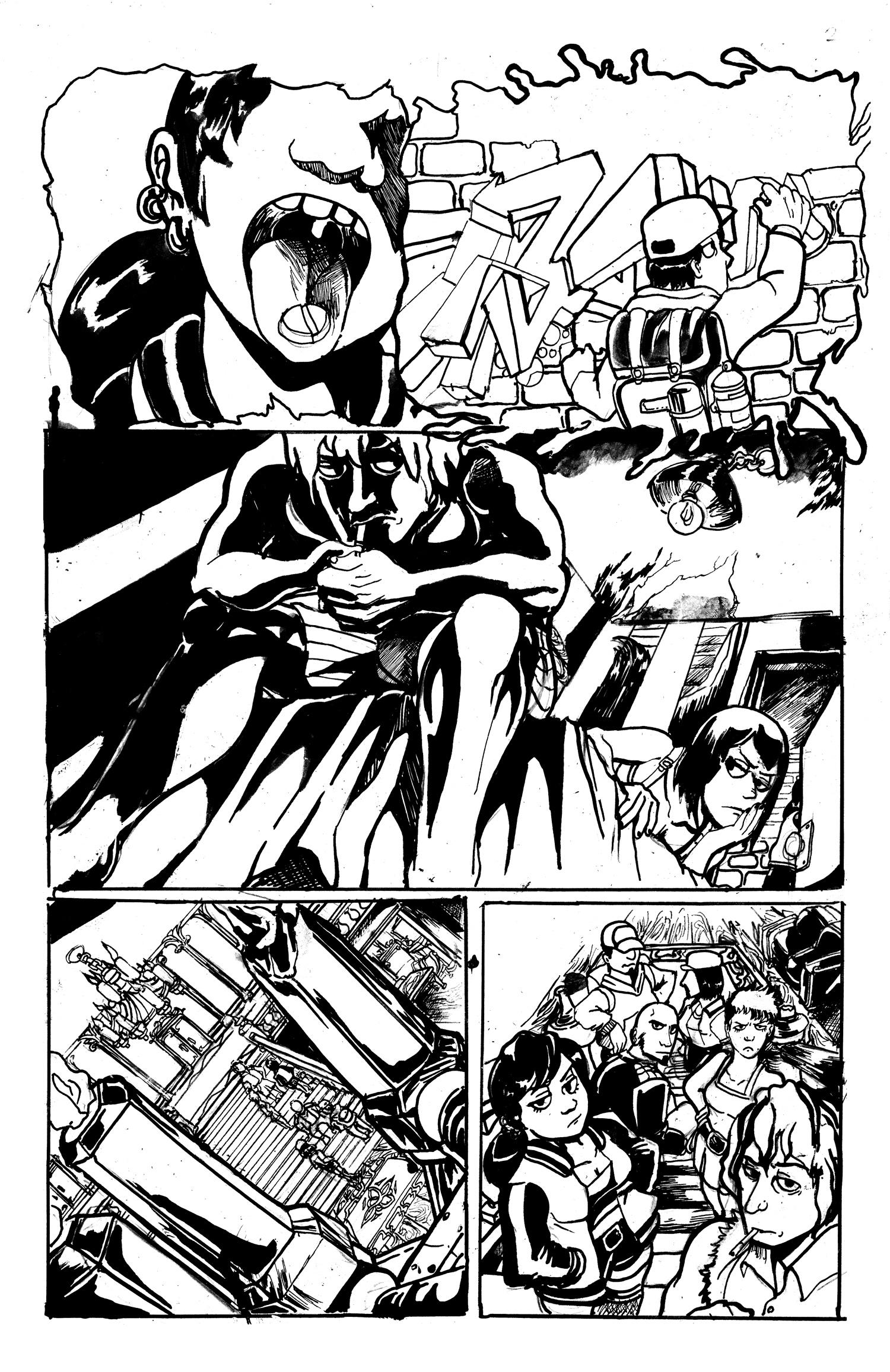

I would look for anything that looked cool. Mad magazine and superhero stuff like Batman and whatever was out there. SULLIVAN: What type of stuff were you buying?īURNS: By the time I started buying stuff myself, it was just the normal fare. I could pretty much get what I wanted to. If they were concerned, they didn’t make it that clear to me. They didn’t frown on them, but they were like, “Ecch, maybe you have too many of these.” It wasn’t any big deal. SULLIVAN: Were there any kinds of comics they frowned on?īURNS: Later on, in the early ’60s, I picked up the old monster magazines. But there wasn’t really much that you could buy that was deviant. And I remember my father kind of checking out what I was bringing home. The backlash from the ’50s was still present. I mean, I had friends who, if a comic book was in the house, it got thrown out. I would be able to look at stuff that I wanted to, for the most part, and not have it thought of as trash that should be thrown out. SULLIVAN: Were your parents pretty encouraging of your reading that type of thing did they mind at all?īURNS: They weren’t encouraging, but they weren’t discouraging. They must have been fairly obscure, because I don’t hear too many people talking about them. Also, very early on, I had very early American editions of Herge’s Tintin. He had the paperback anthologies of the early Kurtzman Mad, so that had an effect on me. I would look at them and somehow they struck a chord. My father also had an interest in them, and would bring back books from the library, anthologies of Pogo and Li’l Abner, that kind of stuff. Before I could read I just liked picking up stuff. SULLIVAN: When did you get interested in comics?īURNS: As far back as I can remember. SULLIVAN: Did you have brothers and sisters?īURNS: I have one older sister, three years older than me. I wasn’t living downtown - suburbs isn’t the right word, but it was the nice part of town. SULLIVAN: What kind of place was Seattle to grow up in?īURNS: Well, I was lucky enough to have kind of a nice neighborhood with woods around.

SULLIVAN: How old were you when you settled in Seattle?īURNS: Fifth grade, I guess. Before that, I lived in Boulder, Colorado, Maryland and Missouri.

I can’t describe much about his job.īURNS: Yeah … I spent a majority of time growing up in Seattle. Wasn’t your dad a serviceman?ĬHARLES BURNS: He was an oceanographer, working for the government. DARCY SULLIVANĭARCY SULLIVAN: You were born in Washington, D.C. At the same time, he shies away from deconstructing his art as he makes clear, he would prefer that readers delve beneath his work’s seductive surface alone. It’s a cliché, but Burns does seem jovial and down-to-earth, not at all the lost soul his stories might suggest. Charles Burns lives in Philadelphia with his wife, painter Susan Moore, and their two young daughters. He has also steered his unusual weekly comic strip into new markets, exposing hordes of unsuspecting readers to the joys of demented deities, inadvertent sex-change operations and dead kids who won’t stay dead. He helped design a ballet based on The Nutcracker, did a cover for Time and produced a nightmarish cover for Iggy Pop’s album Brick By Brick. Recently, Burns has branched out, becoming one of independent comics’ most notable writer/artists. At times, Burns’ work suggests that our worst fears about mainstream comics are true: that they are stamped out by machines programmed by someone who is slowly going insane. Similarly, Burns’ ice-cold artwork polishes a “conventional” comics look to the nth degree, underlining the artificiality of what we take for normal. Beneath this interplay of familiar iconography lurks the real traumas of childhood, traumas of loss and alienation. His stories, appearing in alternative comics such as Raw since the early 1980s, take comic book clichés - wiseacre kids, sinister scientists and tough-as-nails detectives - and rearrange them into disturbing yet funny patterns. Black Hole #7 coverĪt the juncture of fiction and memory, of cheap thrills and horror, lies the dark world of Charles Burns’ art. In this 1992 interview, Charles Burns and Darcy Sullivan discuss teenagers, critics, his work in Europe and the art of psychological horror.

From the TCJ Archives The Charles Burns Interview by Darcy Sullivanįrom The Comics Journal #148 (February 1992)


 0 kommentar(er)
0 kommentar(er)
